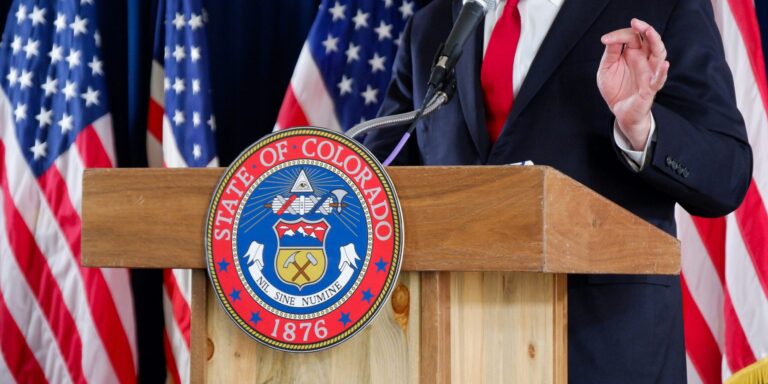On March 14, 2025, President Donald J. Trump signed a sweeping executive order aimed at significantly reducing the size and scope of the federal bureaucracy. The move marks a continuation of his administration’s efforts to streamline government functions and eliminate what it describes as redundant or non-essential federal operations.
The executive order mandates the elimination of non-statutory responsibilities and the scaling back of statutory functions to those explicitly required by law. Entities affected include the Federal Mediation and Conciliation Service, United States Agency for Global Media, Woodrow Wilson International Center for Scholars, Institute of Museum and Library Services, United States Interagency Council on Homelessness, Community Development Financial Institutions (CDFI) Fund, and the Minority Business Development Agency (MBDA).
Administration’s Justification
According to the White House, the goal of the executive order is to enhance accountability, reduce government waste, and redirect focus toward core national priorities. The Department of Government Efficiency (DOGE), led by high-profile appointee Elon Musk, claims to have identified billions of dollars in waste, fraud, and abuse throughout the federal bureaucracy.
“American taxpayers deserve a government that is efficient, focused, and responsive,” President Trump said in a statement. “By eliminating unnecessary programs and returning authority to states and communities, we are advancing the American dream through empowerment, not dependence.”
The administration estimates that these reductions will yield substantial cost savings, though a precise fiscal impact has yet to be independently verified.
Programs and Services at Risk
Critics from across the political spectrum have raised concerns that the executive order may result in the loss of valuable public services—especially for underserved and vulnerable populations.
The CDFI Fund, for example, supports financial institutions that provide credit and banking services to low-income and rural communities. The MBDA assists minority-owned businesses in accessing capital, contracts, and markets. The United States Interagency Council on Homelessness coordinates federal efforts to address homelessness, while the Institute of Museum and Library Services funds educational and cultural institutions nationwide.
“These cuts don’t just eliminate bureaucratic functions—they dismantle lifelines for communities in need,” said Rep. Pramila Jayapal (D-WA). “The administration is framing this as efficiency, but the human cost could be enormous.”
Nonprofit leaders echoed these concerns. Lisa Mensah, CEO of the Opportunity Finance Network, warned that eliminating the CDFI Fund could severely disrupt access to financial services in marginalized regions. “These are high-impact, community-driven programs that deliver real value,” she said.
Legal and Legislative Challenges Ahead
The order is likely to face legal scrutiny, as opponents may argue that the president lacks unilateral authority to dismantle or significantly curtail programs that were established by Congress. Some statutory responsibilities—such as those overseen by the IMLS or MBDA—are codified in federal law, which may require legislative action for significant structural changes.
Democratic lawmakers have signaled plans to challenge the order in court and through legislation. Sen. Elizabeth Warren (D-MA) announced she would introduce a bill aimed at protecting federal agencies that serve historically marginalized groups.
Meanwhile, watchdog organizations are demanding greater transparency from DOGE regarding the criteria used to identify “wasteful” programs and how the administration defines efficiency.
A Philosophical Shift in Governance
Supporters of the executive order frame it as a necessary realignment of federal responsibilities. They argue that the federal government has grown too large and inefficient, and that decentralizing services to state and local levels fosters innovation and accountability.
“This order is a long-overdue correction,” said Grover Norquist, president of Americans for Tax Reform. “It reflects a belief that the American people—not unelected bureaucrats—should have the power to shape their futures.”
However, governance experts caution that the elimination of federal oversight may lead to inconsistent service delivery across states and weaken national policy coordination, particularly in areas such as homelessness, business development, and cultural preservation.
What Comes Next
The immediate next steps include the formation of transition teams to oversee the phased drawdown of the affected entities. Impact assessments and reallocation strategies are expected to be rolled out in the coming weeks, although the timeline and specifics remain unclear.
As legal and political battles unfold, the March 14 executive order represents a dramatic push by the Trump administration to redefine the role of the federal government—potentially reshaping the architecture of public service in the U.S. for years to come.


